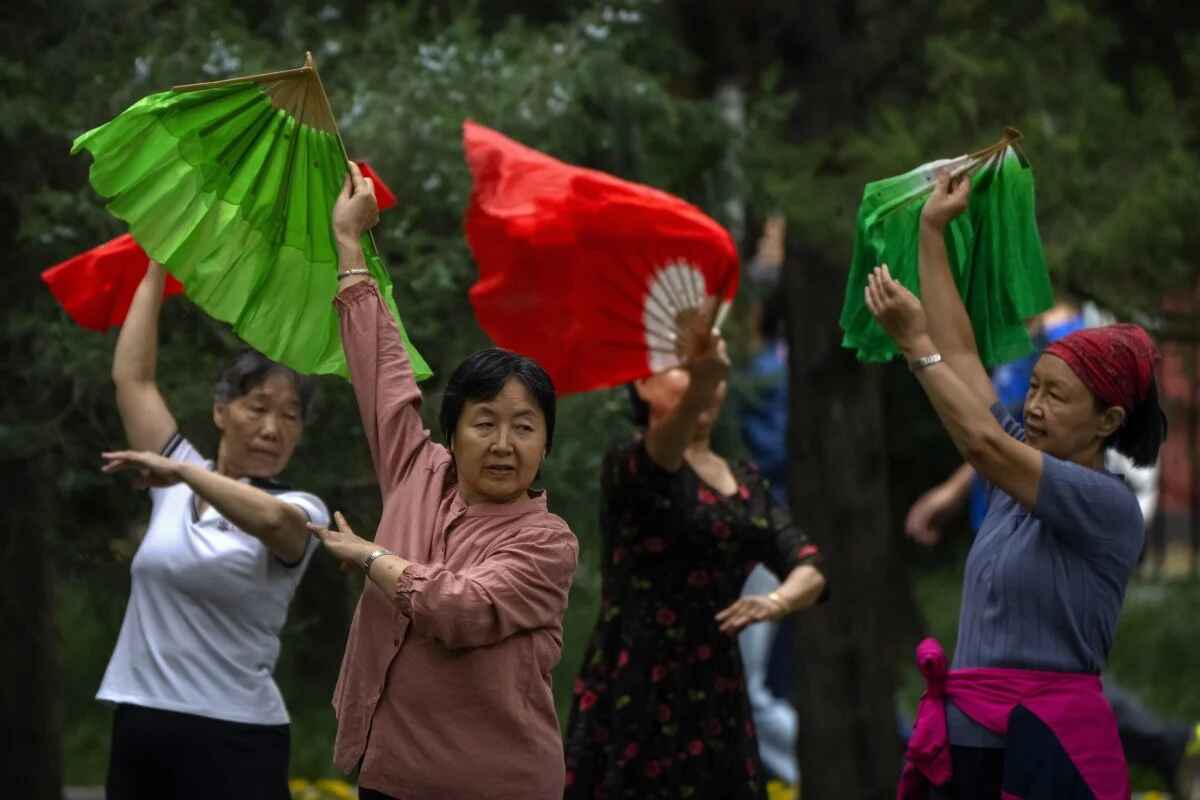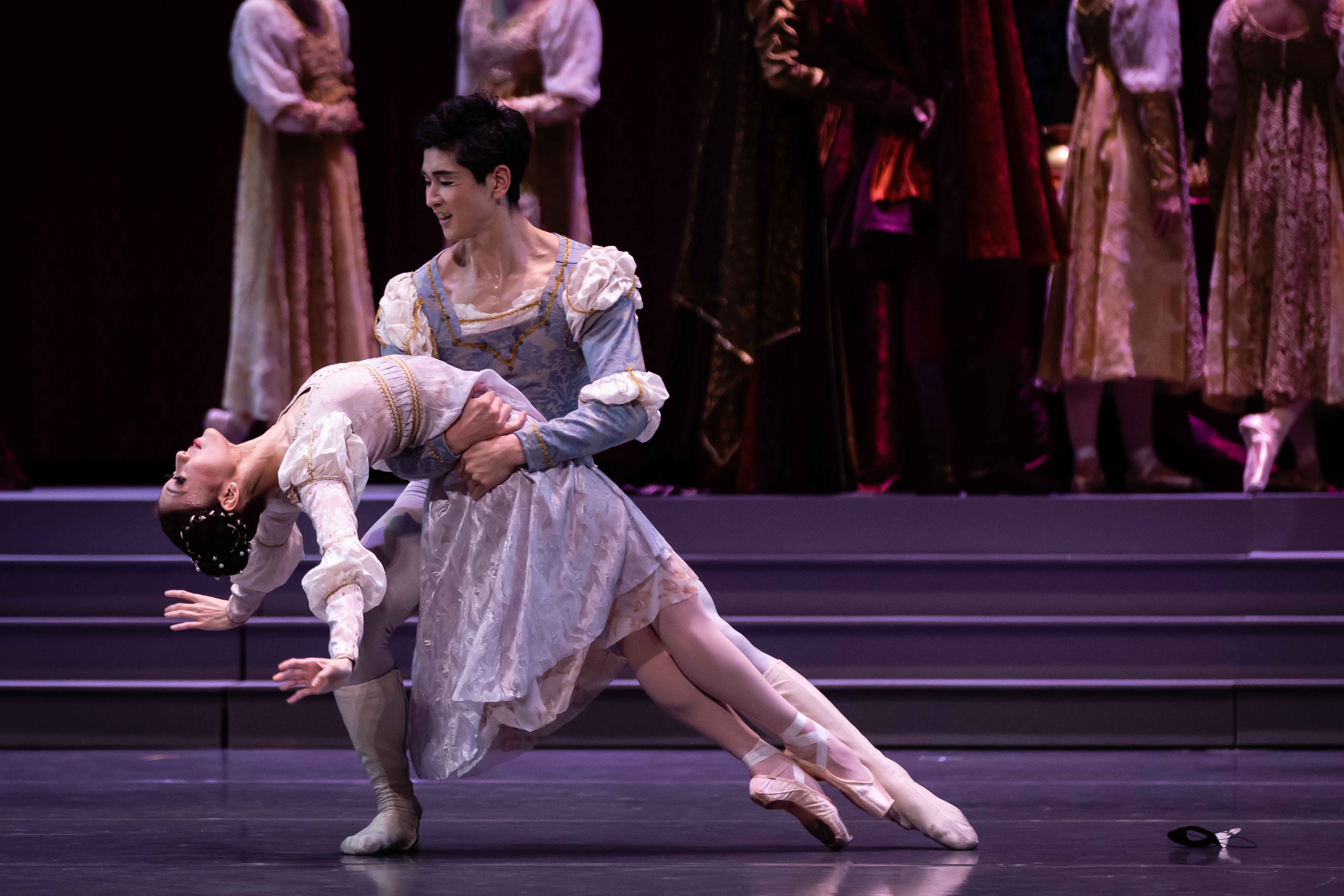A core memory for many living in Singapore is coming home after school or work and seeing local aunties dancing together in common areas – whether it’s at a mall, the void deck of a HDB block, or the basketball courts in residential areas. The Straits Times even featured a popular group in Toa Payoh five years ago, giving us a peek into their practices. So, are these ‘dancing aunties’ groups a boon or a bane to our local community and culture?
THE GLOBAL CONCEPT OF DANCING AUNTIES
On a recent trip to Melbourne, Australia, I witnessed a group of seniors dancing together outside the Melbourne Museum. Later, I stumbled upon local dance group Everdance on TikTok, realising that such communities exist globally.
China has dancing grannies who’ve been part of their social culture for over 20 years. And Japan’s Ara Dance Seniors are the country’s only senior breakdance group.
Seniors around the world, especially in Asia, participate in line dancing and other forms of dance, proving that the love for dance doesn’t diminish with age. Instead, the self-consciousness of public hobbies disappears, allowing seniors to confidently engage in activities they once shied away from.
COMMUNITY AND FOUND FAMILY THROUGH DANCE
It’s widely known that loneliness and isolation are common among senior citizens. As they age and become less energetic or mobile, it becomes harder to meet new people or even catch up with friends. The COVID-19 pandemic made this worse, which is why Singapore has several community activities to engage them. Their families may also be busy with their own lives, causing seniors to feel even more isolated.
A 2024 study by The University of Sydney found that dancing significantly improves mental and emotional health. Structured dance can enhance psychological and cognitive outcomes like emotional well-being, depression, motivation, social cognition, and memory.
Void deck dancing groups provide a low-cost, accessible solution to these common struggles. Unlike formal dance classes, they have no fees or complicated registrations. Seniors can participate without travelling far, continuing to form friendships in their neighbourhoods.
Everdance group leader Koko shares that the bonds between the group members are strong. From weekday shopping trips to holidays, these ladies have developed close friendships through their shared love of dance. On special occasions like the mid-autumn festival, members even make mooncakes for each other and enjoy breakfast together, sharing their lives over coffee.
THESE AUNTIES SHAPE OUR HDB CULTURE
The 57th National Day Parade (NDP) saw a segment with a group of aunties dancing along to K-POP after seeing a younger woman do so at the void deck of a HDB. It’s clear that in some way, we recognise that this phenomenon is integral to our public housing culture. Many Singaporeans can relate to being awakened by the music these aunties dance to, alongside the morning calls of the koel bird.
However, opinions are divided. Some took to HardwareZone forums to criticise the segment, calling it cringe-worthy. One user countered, “What’s wrong with the aunties having a bit of fun?... We all will grow old, too, to become old uncles and aunties. Does it mean we can’t have any fun?”
Criticising such engagement often reflects ageism and the fear of ageing. In popular media, we see people striving to reverse or slow down ageing – a natural process we cannot escape. Perhaps these dancing aunties remind us that one day, we too will reach their age and engage in similar activities, and that thought can be unsettling.
Having attended an Everdance session myself – despite the early 7.30am start, which I hadn’t seen since secondary school – I thoroughly enjoyed it. I could see myself joining in during my retirement years. It was heartening to witness how they danced with more skill than I could muster, and how they were unabashedly themselves, free from walls or shame. How many of us can truly say that in our youth?
THE EVOLUTION OF CULTURE EMBRACES THIS
As society progresses, the shame once associated with certain activities fades. On weekends, you’ll see K-POP dance shoots at Marina Bay Sands mall, and many are familiar with the dance groups practising at the Esplanade underground linkway.
TikTok’s rise has also seen youths recording dances to popular trends or freestyling. This behaviour shouldn’t change as people grow older but should be celebrated for its vitality and enduring life. Our dancing aunties inspire us to embrace our passions and desires without limits, at any age.
Image credits: Everdance, SCMP, ST files, TODAY Online.
















